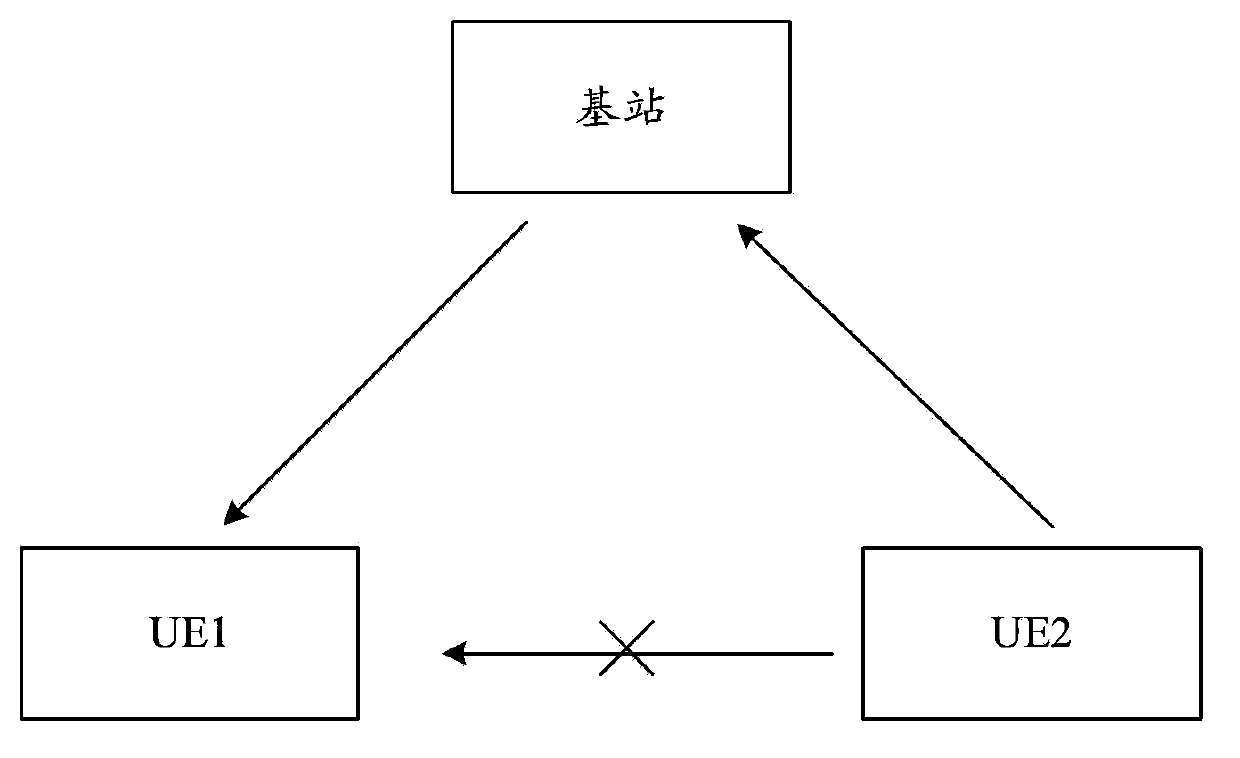User scheduling method and system
A user scheduling and user technology, applied in electrical components, wireless communication and other directions, can solve the problems of failure to receive downlink data, interference cannot be avoided or eliminated, and the interference of two users cannot be estimated, so as to improve communication efficiency, reduce interference, The effect of reduced requirements
- Summary
- Abstract
- Description
- Claims
- Application Information
AI Technical Summary
Problems solved by technology
Method used
Image
Examples
Embodiment Construction
[0037] The basic idea of the present invention is to divide the users to be scheduled into two categories: first-type users and second-type users, wherein the channel quality of the base station to the first-type users is higher than the channel to the second-type users Quality, which determines the scheduling type of each subframe in the scheduling period. For subframes used for uplink transmission, users are scheduled from uplink users for uplink transmission; for subframes used for downlink transmission, users are scheduled from downlink users for downlink transmission ; For subframes used for full-duplex transmission, scheduling users from the first type of users for downlink transmission, or scheduling users from the second type of users for uplink transmission.
[0038] The embodiment of the present invention proposes a user scheduling method, such as figure 2 As shown, the method includes:
[0039] Step 201: Divide the users to be scheduled into two types: first-typ...
PUM
 Login to View More
Login to View More Abstract
Description
Claims
Application Information
 Login to View More
Login to View More - Generate Ideas
- Intellectual Property
- Life Sciences
- Materials
- Tech Scout
- Unparalleled Data Quality
- Higher Quality Content
- 60% Fewer Hallucinations
Browse by: Latest US Patents, China's latest patents, Technical Efficacy Thesaurus, Application Domain, Technology Topic, Popular Technical Reports.
© 2025 PatSnap. All rights reserved.Legal|Privacy policy|Modern Slavery Act Transparency Statement|Sitemap|About US| Contact US: help@patsnap.com



